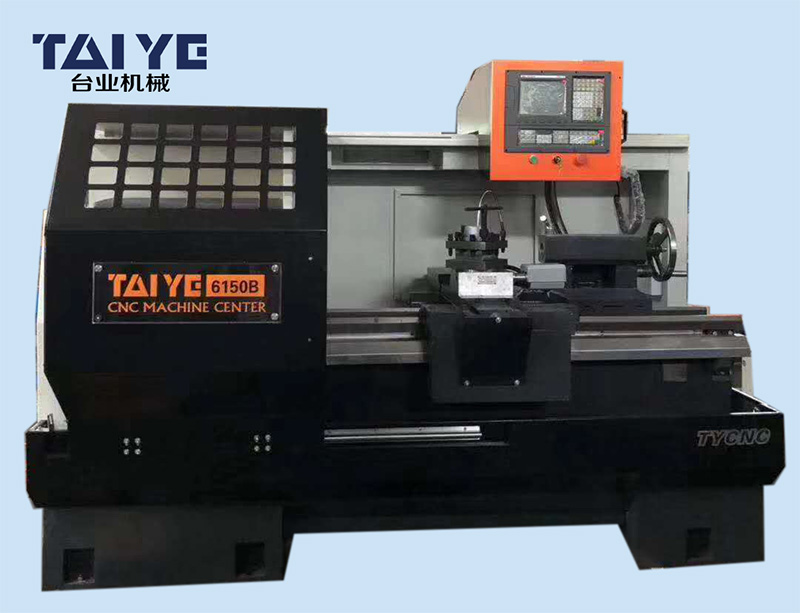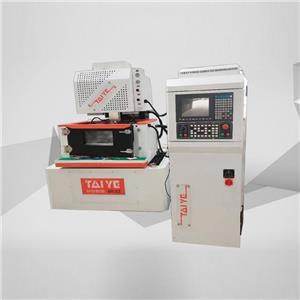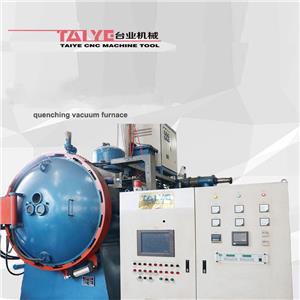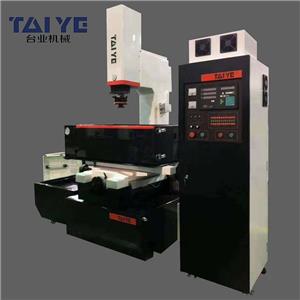What is the highest machining accuracy of the machine tool?
What is the highest machining accuracy of the machine tool?
Machining accuracy is mainly used to characterize the fineness of produced products, and is a term for evaluating the geometric parameters of machined surfaces. The standard for measuring the machining accuracy is the tolerance level, from IT01, IT0, IT1, IT2, IT3 to IT18, a total of 20, among which IT01 indicates the highest machining accuracy of the part, IT18 indicates that the machining accuracy of the part is the lowest, general factories and mines. Machinery belongs to IT7 level, and general agricultural machinery belongs to IT8 level. According to the different functions of the product parts, the processing accuracy that needs to be achieved is different, and the processing form and processing technology selected are also different.
Turning, milling, planing, grinding, drilling, boring, what is the highest precision of these machines and what tolerance levels can be achieved by various processing methods?
turning
The workpiece rotates, and the turning tool moves in a straight line or a curve in the plane. Turning is generally carried out on a lathe to process the inner and outer cylindrical surfaces, end surfaces, conical surfaces, forming surfaces and threads of the workpiece.
The turning accuracy is generally IT8-IT7, and the surface roughness is 1.6~0.8μm.
1) Rough turning strives to use large depth of cut and large feed to improve turning efficiency without reducing the cutting speed, but the machining accuracy can only reach IT11, and the surface roughness is Rα20~10μm.
2) Semi-finishing and finishing should use high-speed and small feed and cutting depth as much as possible, the machining accuracy can reach IT10~IT7, and the surface roughness is Rα10~0.16μm.
3) High-speed precision turning of non-ferrous metal parts with finely researched diamond turning tools on a high-precision lathe can make the machining accuracy reach IT7~IT5, and the surface roughness is Rα0.04~0.01μm. This kind of turning is called "mirror turning". ".
milling
Milling is a highly efficient machining method in which a rotating multi-blade tool is used to cut a workpiece. It is suitable for processing planes, grooves, various forming surfaces (such as splines, gears and threads) and special profiles of molds. According to the same or opposite direction of the main movement speed and workpiece feed direction during milling, it is divided into down milling and up milling.
The machining accuracy of milling can generally reach IT8~IT7, and the surface roughness is 6.3~1.6μm.
1) The machining accuracy during rough milling is IT11~IT13, and the surface roughness is 5~20μm.
2) The machining accuracy of semi-finish milling is IT8~IT11, and the surface roughness is 2.5~10μm.
3) The machining accuracy of fine milling is IT16~IT8, and the surface roughness is 0.63~5μm.
planing
Planing is a cutting method in which a planer is used to make a horizontal relative linear reciprocating motion on the workpiece, which is mainly used for the shape processing of parts.
The planing processing accuracy can generally reach IT9~IT7, and the surface roughness is Ra6.3~1.6μm.
1) The rough planing accuracy can reach IT12~IT11, and the surface roughness is 25~12.5μm.
2) The semi-finishing machining accuracy can reach IT10~IT9, and the surface roughness is 6.2~3.2μm.
3) The finishing precision can reach IT8~IT7, and the surface roughness is 3.2~1.6μm.
grinding
Grinding refers to the processing method of using abrasives and abrasive tools to remove excess material on the workpiece. It is a finishing process and is widely used in the machinery manufacturing industry.
Grinding is usually used for semi-finishing and finishing, the accuracy can reach IT8~IT5 or even higher, and the surface roughness is generally 1.25~0.16μm.
1) The surface roughness of precision grinding is 0.16~0.04μm.
2) The surface roughness of ultra-precision grinding is 0.04~0.01μm.
3) The surface roughness of mirror grinding can reach below 0.01μm.
drilling
Drilling is a basic method of hole making. Drilling is often carried out on drilling machines and lathes, and can also be carried out on boring machines or milling machines.
The machining accuracy of drilling is low, generally only reaching IT10, and the surface roughness is generally 12.5~6.3 μm. After drilling, reaming and reaming are often used for semi-finishing and finishing.
boring
Boring is an inner-diameter cutting process in which a tool is used to enlarge a hole or other circular profile. Its applications generally range from semi-roughing to finishing. The tool used is usually a single-edged boring tool (called a boring bar).
1) The boring accuracy of steel materials can generally reach IT9~IT7, and the surface roughness is 2.5~0.16μm.
2) The machining accuracy of precision boring can reach IT7~IT6, and the surface roughness is 0.63~0.08μm.
Taiye machine provide a full set of professional extrusion die equipment and extrusion die, We have an aluminum extrusion die factory and a professional extrusion die equipment company in China. Each of taiye machines is professionally customized for the aluminum extrusion die process, with simple operation and high efficiency.





